Influencer culture has turned many travel destinations into overcrowded hotspots. In response, some places are fighting back to preserve their character and mitigate overtourism’s impacts. Here is the list of places that are saying goodbye to the influencer hype.
Amsterdam, Netherlands

Amsterdam, known for its picturesque canals and vibrant culture, has taken significant steps to curb influencer-driven tourism. The city has removed the iconic “I Amsterdam” sign, a magnet for social media posts, to reduce crowding and promote a more genuine engagement with the city’s heritage. Additionally, Amsterdam has launched campaigns to discourage disruptive tourist behavior, emphasizing respect for residents and culture.
Hallstatt, Austria

The quaint village of Hallstatt, which inspired the fictional Arendelle in Disney’s Frozen, saw an influx of tourists driven by influencer posts. The residents are protesting against ‘too many tourists’ and are calling for a “ban on tour buses after 17:00 local time.”Hallstatt focuses on promoting itself as a destination for respectful, low-impact tourism rather than a backdrop for social media fame.
Maya Bay, Thailand

Famed for its appearance in the movie “The Beach,” Maya Bay became an Instagram sensation, leading to severe environmental degradation. In response, Thai authorities closed the bay to tourists in 2018 to allow for ecological recovery. Although the bay has since reopened, visitor numbers are strictly regulated, and influencers are encouraged to advocate for sustainable travel practices.
Venice, Italy

Venice has long struggled with the impacts of mass tourism, exacerbated by the influencer craze. To manage visitor numbers, the city has implemented measures such as banning large cruise ships from its historic center and introducing a day-tripper fee. Venice aims to shift focus from superficial tourism to meaningful cultural experiences, preserving its heritage for future generations.
Faroe Islands

The Faroe Islands have gained popularity among influencers due to their rugged landscapes and stunning natural beauty. To combat the pressures of overtourism, the islands have launched the “Closed for Maintenance” campaign, inviting volunteers to participate in conservation projects. This initiative limits tourist numbers and fosters a deeper appreciation for the environment among visitors.
Kyoto, Japan
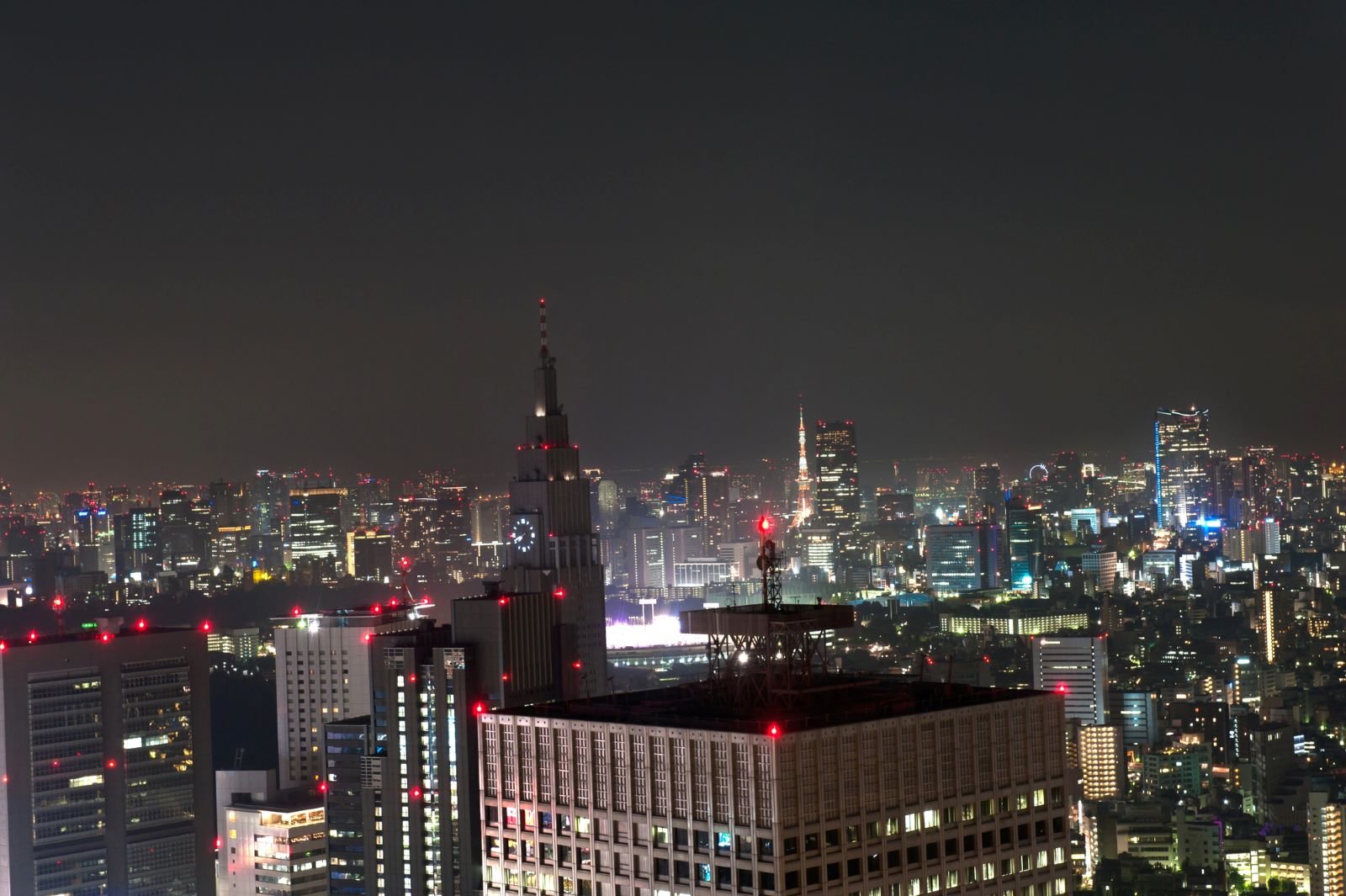
Kyoto has become a favorite among influencers with its ancient temples and traditional tea houses. However, the city has responded by enforcing stricter rules on photography in certain areas like the Gion neighborhood.
Dubrovnik, Croatia

Dubrovnik experienced a surge in tourism driven by social media. To manage the influx, the city restricted the number of cruise ships docking daily to two in 2019, with a maximum of 5,000 passengers. This measure aimed to mitigate the effects of over-tourism on the city, which gained additional fame from its role in Game of Thrones.
Santorini, Greece
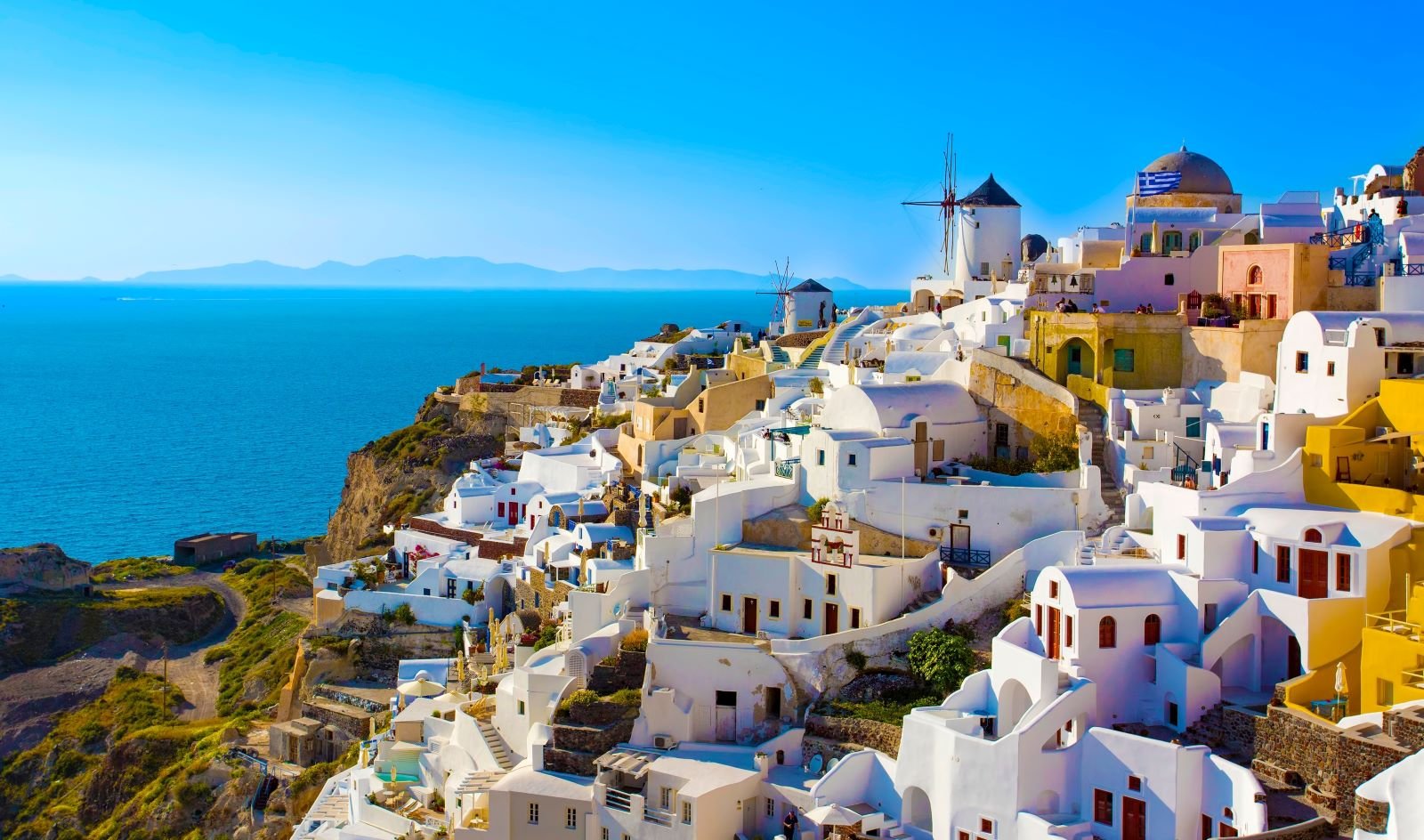
Santorini’s iconic sunsets and whitewashed buildings have made it a social media darling, leading to overcrowding and strain on local resources. The island has introduced measures such as limiting the number of daily visitors. Santorini attracts about two million visitors annually.
In 2019, steps were implemented to manage overtourism. One measure limited the daily number of cruise visitors to 8,000. Another unusual regulation prohibited tourists weighing over 100 kg (220 lbs) from riding donkeys.
Reykjavik, Iceland
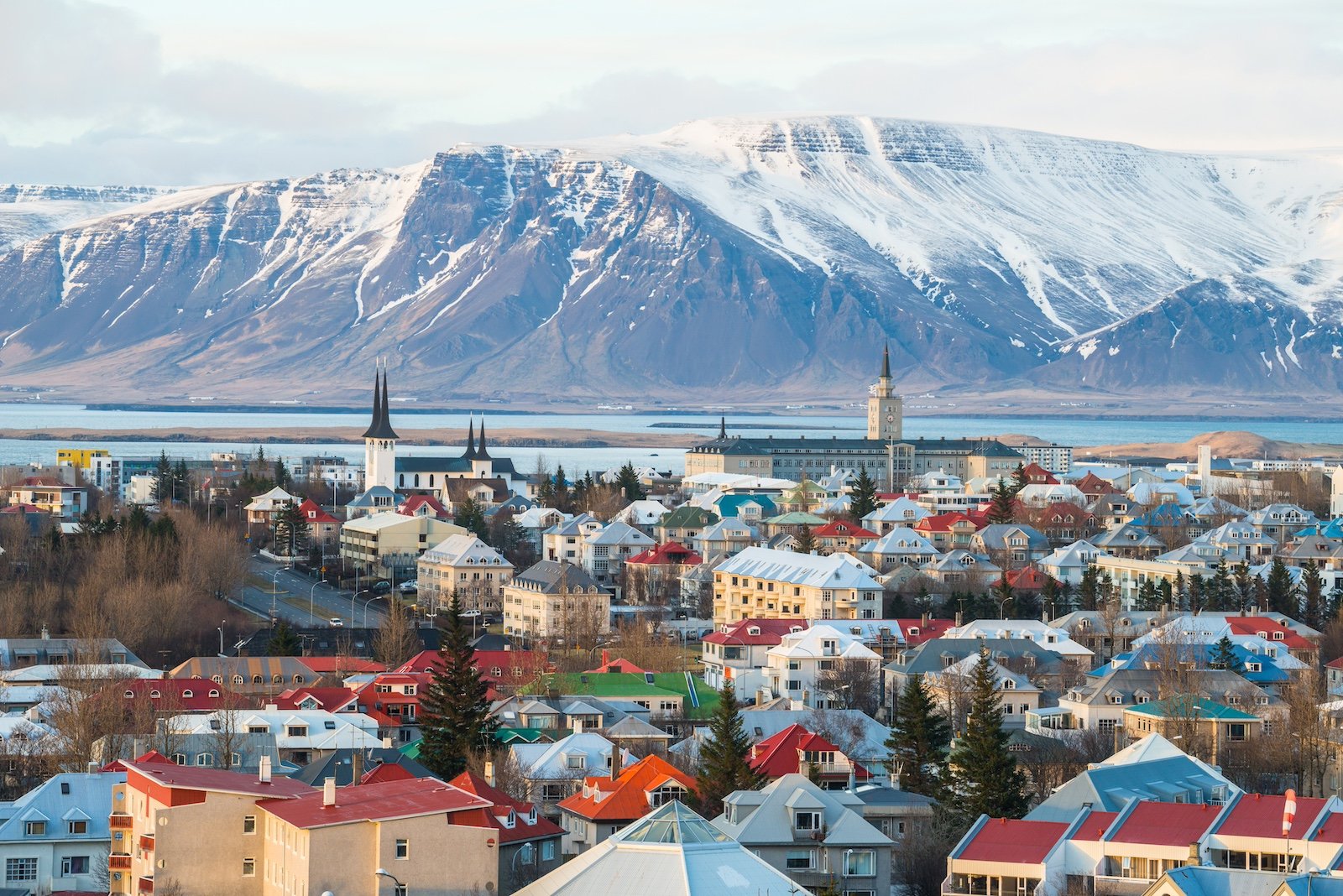
Iceland has seen a dramatic increase in tourism, much of it driven by stunning photos shared on social media. Iceland has implemented initiatives to manage tourist numbers and promote sustainable travel to counteract the environmental impact and preserve its landscapes. Reykjavik and its surrounding natural wonders are being protected to ensure they remain pristine.
Barcelona, Spain

Barcelona has taken measures to manage the influx of tourists, particularly those influenced by social media. The city has introduced regulations to limit the number of accommodations and enforce respectful behavior among visitors. Barcelona plans to protect its local culture and maintain a high quality of life for its residents. Mayor Jaume Collboni’s government is finalizing a 44 million euro plan to ease overtourism in Barcelona’s busiest areas. Deputy Mayor Jordi Valls and city officials announced 33 measures to mitigate tourism’s impact this summer at iconic locations like Sagrada Família, Boqueria Market, Gardunya Square, and Park Güell.
Machu Picchu, Peru
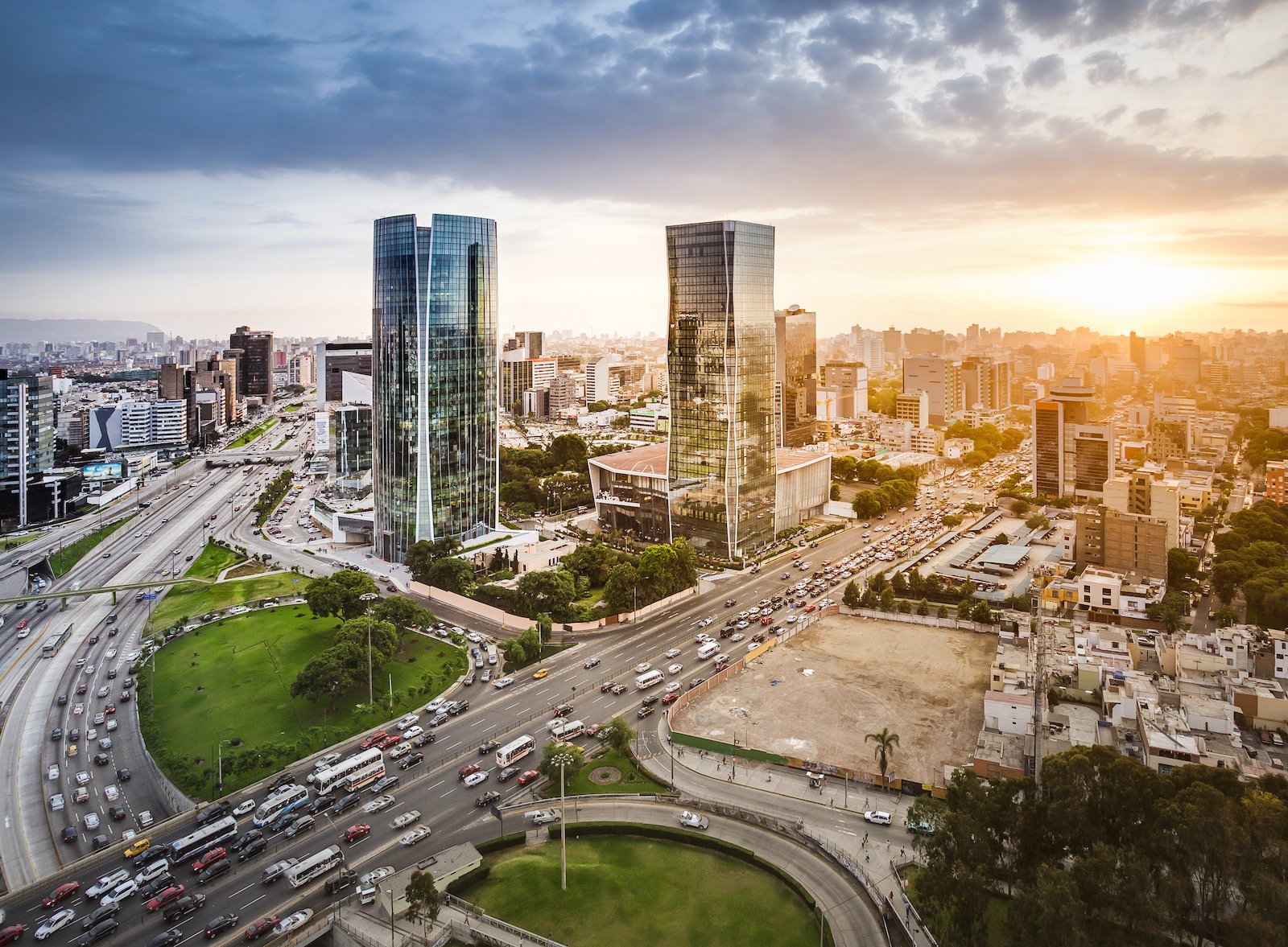
Machu Picchu, one of the most famous archaeological sites in the world, has experienced significant wear and tear due to excessive tourist traffic. Peruvian authorities have imposed strict entry limits and visiting hours to safeguard the site. To protect and preserve Machu Picchu, the number of visitors is limited to 5,000 per day. These visitors are divided into ten admission groups, each with specific entry times, and these numbers are rearranged every year.
Galápagos Islands, Ecuador
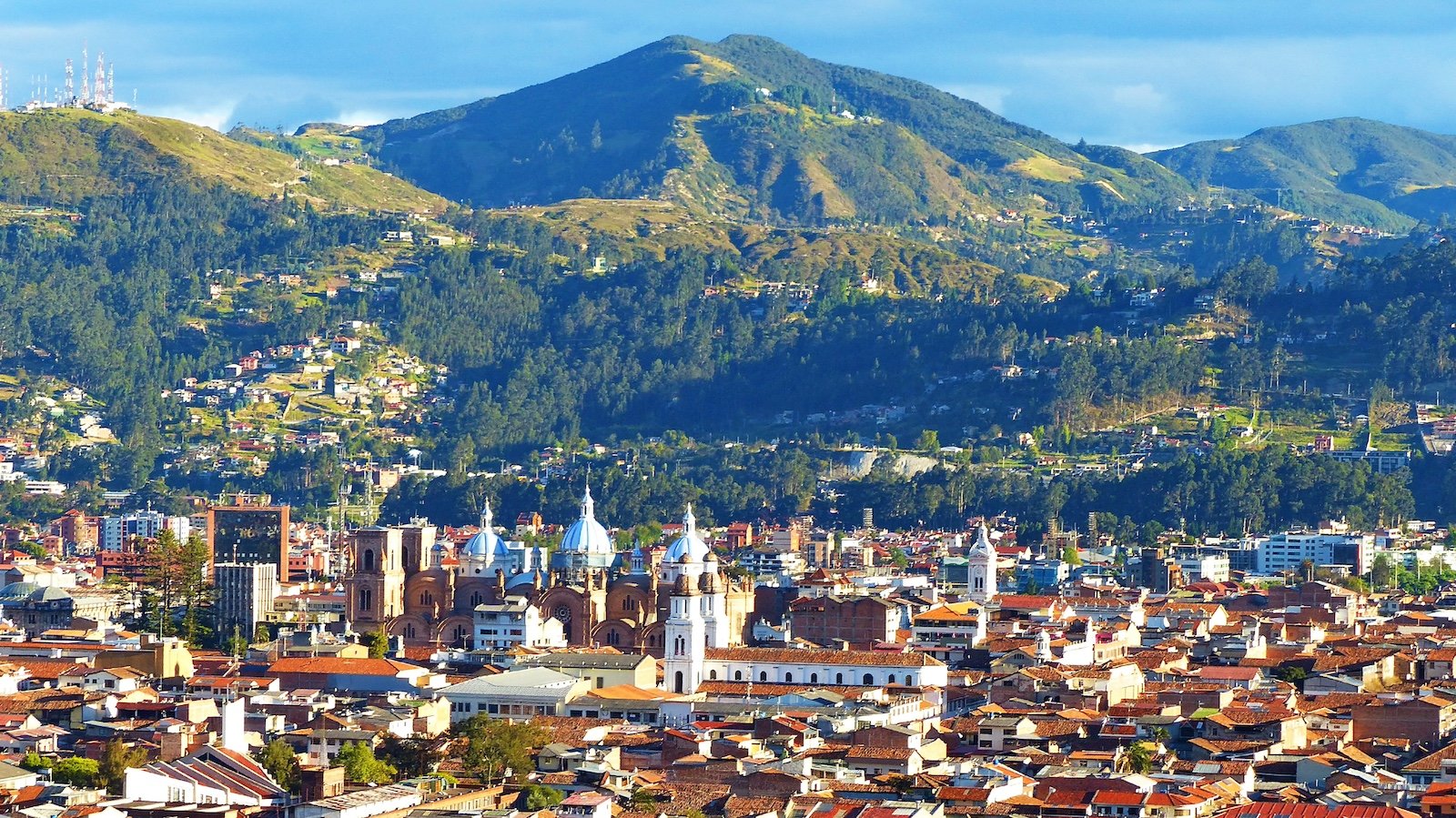
The Galápagos Islands, renowned for their unique wildlife, have implemented strict regulations to control influencer and tourist activities and protect their ecosystems. Visitor numbers are capped, and certified guides must accompany all tourists. The Galapagos National Park enforces strict rules to preserve its unique environment: visitors must be guided, only photos and videos are allowed (with permission for filming), trails and wildlife interactions are regulated, camping requires permits, and activities like introducing foreign species, littering, smoking, fires, fishing, and certain water sports are prohibited to protect the islands’ biodiversity and beauty.


